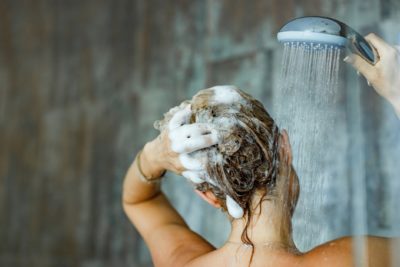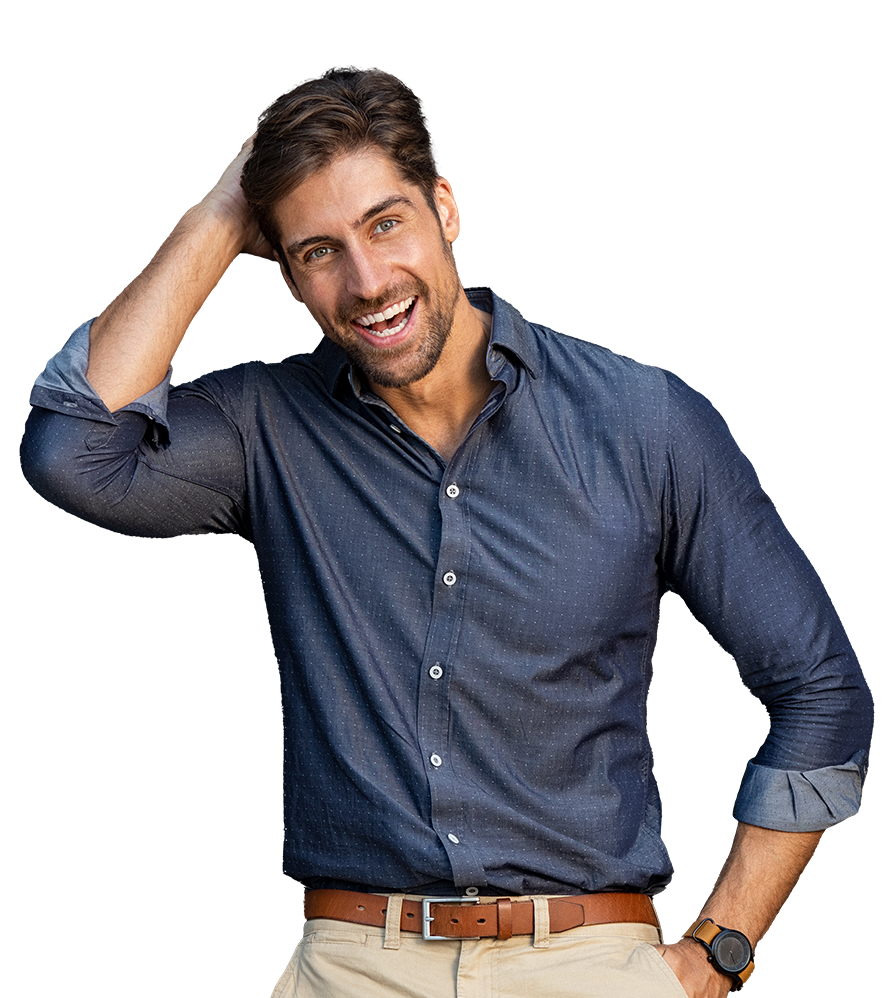Why do people engage in hair training? Well, certainly for the most obvious reason of all – well-trained hair speeds up the time it takes to get you out the door in the morning. And to get all spruced up for that special date you’ve been planning.
reason of all – well-trained hair speeds up the time it takes to get you out the door in the morning. And to get all spruced up for that special date you’ve been planning.
Yes, hair training is a useful practice, but we still haven’t told you what it is. Here goes.
What is Hair Training?
Hair training is the process of shampooing less often to help cut down on excess oils. Daily washing strips hair and scalps of their natural oils, leading to over-production and build-up. That, in turn, results in that “greasy” look if you miss one or two days of washing. The goal of hair and scalp training is to train hair to go a week or more between washes. Some on social media claim this process has worked by shampooing only once a month.
Does Hair Training Work?
While it’s recommended to go a few days between washes, not everyone supports extending the practice much beyond that. In fact, there is currently no scientific evidence to support that hair training works. Our natural sebum is being produced all the time and, left on its own, will eventually make hair feel and look oily. (Sebum is an oily, waxy substance produced by your body’s sebaceous glands. It coats, moisturizes, and protects your skin.” But, if you want to give less frequent shampooing a try, if only to save time in the morning, here are some tips you might find helpful.
- Consider your hair type when determining how often to wash. For example, curly or oily hair should be washed only one or two times per week because the sebum has a more tough time traveling from the scalp through your curly locks.
- Avoid shampoos with harsh ingredients that can dry out the hair and scalp and lead to overproduction of sebum. Select a shampoo that will cleanse without over drying.
- Do you use a lot of styling products? Gels, serums, and hair sprays will all build up on the hair and scalp over time so if you want to give hair training or simply less frequent washing a try, consider easing up on the styling products.
- If you have thin or thinning hair, it likely gets weighed down by oils (natural or otherwise). So, wash your hair twice a week using cooler water. And avoid heavy hair care products.
- Heat styling can also promote oil production. If avoiding heat styling all together is not an option, invest in a quality dry shampoo that will boost volume and help stretch the time between shampooing.
- Color-treated hair should not be washed daily to avoid stripping the color and drying out the hair faster. Use a sulfate-free shampoo and conditioner specifically formulated for color treated hair.
- If after a couple of weeks of not washing your hair, and you don’t see a notable improvement in appearance, washing once or twice a week may not be right for you.
- If you suspect that your overly oily or dry hair could be due to a health, hormonal, or nutrient issue, consult your dermatologist or doctor before beginning any new hair care routine.
If you’re a frequent reader of DiStefano blogs, you must be thinking that hair care management is a tricky and involved process. Truth be told, it can be – which is why we continue to inform you of proper techniques while abandoning those that may prove harmful.
How about your hair? Do you have less on your scalp than you would prefer? Then contact DiStefano Hair Restoration Center today to schedule a free consultation. There’s a lot we can do to help.


